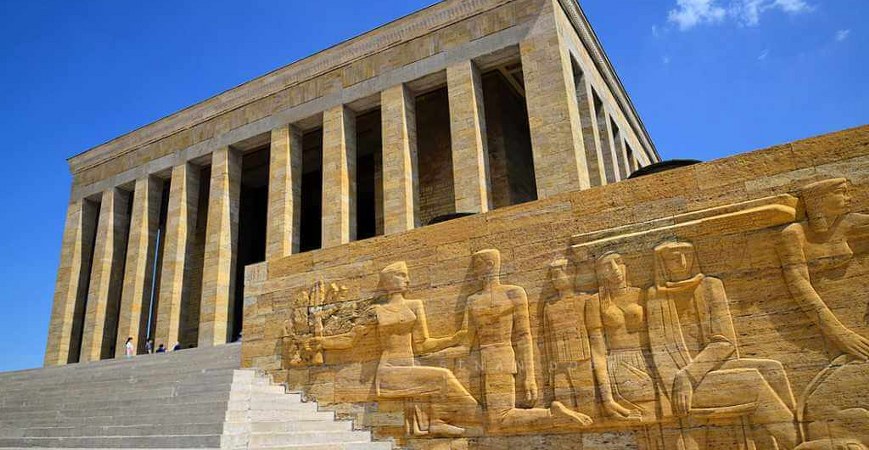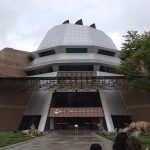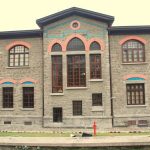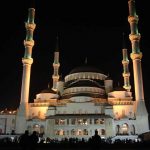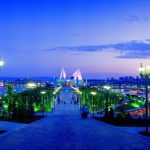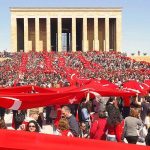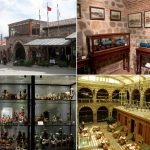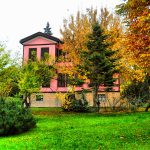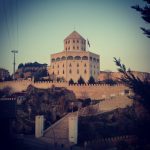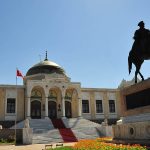Ataturk Mausoleum and Museum Ankara
When Ataturk died on November 10, 1938, in Dolmabahge Palace in Istanbul, his body was brought to Ankara amidst the tears of the Turkish nation, and temporarily placed in the Ethnographic Museum. Later the idea arose of having a mausoleum built to house his body, and the Turkish Grand National Assembly passed a resolution to this effect. A commission of artistic and scientific experts was established and given the task of organizing the construction. After much study, the commission chose the hill of Rasattepe, which commanded a view of Ankara, as the site for the mausoleum. An international competition was organized to choose a design for the building, which was won by Prof. Emin Onat and Orhan Arda. Construction began in 1944 of the building which was to represent Turkish history, in particular, the Liberation War, and the great military, revolutionary and leadership qualities of Ataturk. After completion of the building his body was removed from the Ethnographic Museum on November 10, 1953, and with a great ceremony, re-buried in the Mausoleum. In 1957 the administration of Ataturk’s Mausoleum was turned over to the Ministry of National Education.
The Mausoleum now covers a large area known as Mausoleum Hill. Gardens and parks surround the building, which is reached by special roads. Leading to the Mausoleum is Lion Road, a flight of steps bordered on either side by 24 lion statues. To the right of the entrance is the Tower of Independence, and to the left, the Tower of Freedom. In front of the towers are two groups of statues depicting three men and three women, who represent the Turkish nation. Lion Road leads to the large stone courtyard of the Mausoleum. To the right of the entrance is Mehmetcik Tower and to the left Defense Law Tower. On the right is a colonnaded and vaulted section looking into the courtyard, where the Mausoleum and the Guard Section is. This section ends with Victory Tower. Between this tower and the Peace Tower, exactly opposite to the Hall of Honour where Ataturk’s body lies, is another double row of columns. The section between the Peace Tower and the April 23 Tower to the right of the entrance, houses the administrative offices.
In the centre of the Exit Gate on the Cankaya side of the Mausoleum is a 33 m. high bronze flagpole. Beyond the National Pact Tower to the left of the steps is Ataturk Museum. From the museum, you reach the Reform Tower where Ataturk Library is located. The Hall of Honour where Ataturk’s tomb is situated is between the Reform Tower and the Republic Tower.

